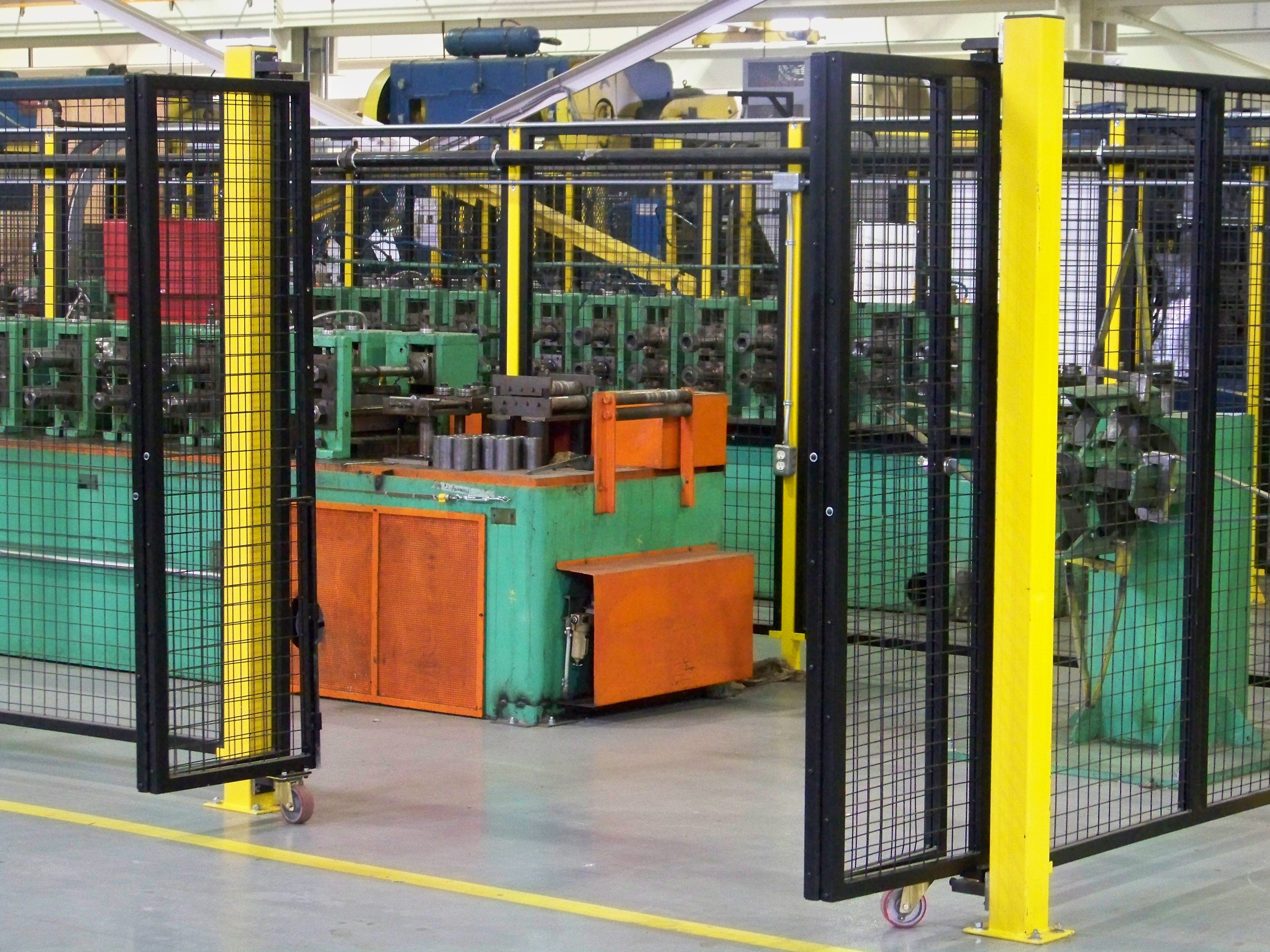The Death of the “Safety Guy”
When it comes to making the workplace safer, there is as much room for people who acquired their safety pedigree through years of work experience and corporate training as there is for those who acquired theirs in a university.
Posted: March 14, 2012
OCCUPATIONAL HEALTH AND SAFETY TECHNOLOGIST/CERTIFIED LOSS CONTROL SPECIALIST
Some safety professionals pursue certification as an Occupational Health and Safety Technologist (OHST). These professionals need at least five years of experience with at least 35 percent of their job duties directly relating to safety. Often professionals pursuing OHST certification earn an interim associate designation (AOHST) once they have passed the exam but before they have the full five years of experience. The principle difference between an OHST and CSP designation is the level to which an individual’s work experience has focused specifically on safety.
Similarly, the Certified Loss Control Specialist (CLCS) is awarded to safety with at least five years of experience with at least 35 percent of it in safety. Like the CHST, the CLCS and the OHST certifications have no minimum educational requirements beyond a high school diploma or equivalent. There was a time when the non-degreed certifications were more common among hourly safety representatives, but in recent years the expectations by senior leadership and union leadership have risen and more and more full time safety professionals are earning degrees in a field directly related to worker safety.
(Note: This list is not meant to be exhaustive and many safety professionals will hold numerous certifications, some ranging from Program Manager credentials to certifications in environmental fields.)
SAFETY TRAINED SUPERVISOR
The final certification worth exploring is the Safety Trained Supervisor (STS) certification, which is growing in popularity in many companies. Some organizations have successfully shifted much of the responsibility onto first line supervision, while others have so meticulously integrated responsibility for safety into Operations that the line between Operations and Safety is so blurred that it effectively doesn’t exist.
The STS certification can be earned by a manager at any level, but it is most commonly seen among first line supervisors. Safety Trained Supervisors are not safety specialists or safety practitioners, but rather they are first and foremost Operations professionals who now have a formal job responsibility for worker safety. Job candidates who hold STS certificates are likely to be passionate about worker safety and can be a key to building a grass roots appreciation and value for worker safety on which a greatly improved safety subculture can be built.
The principle difference between these types of certifications is whether or not the candidate has a college curriculum in safety. This is unusual among certifications, as most professions do not recognize the non-degreed professional as having the potential for equal standing with their degreed counterparts. While unusual, this is not undesirable, as many organizations can proudly attest.
When it comes to making the workplace safer, there is as much room for people who acquired their safety pedigree through years of work experience and corporate training as there is for those who acquired theirs in a university. Irrespective of how a safety professional came by their skills, the days that they can be dismissed as “the safety guy” are forever gone.






